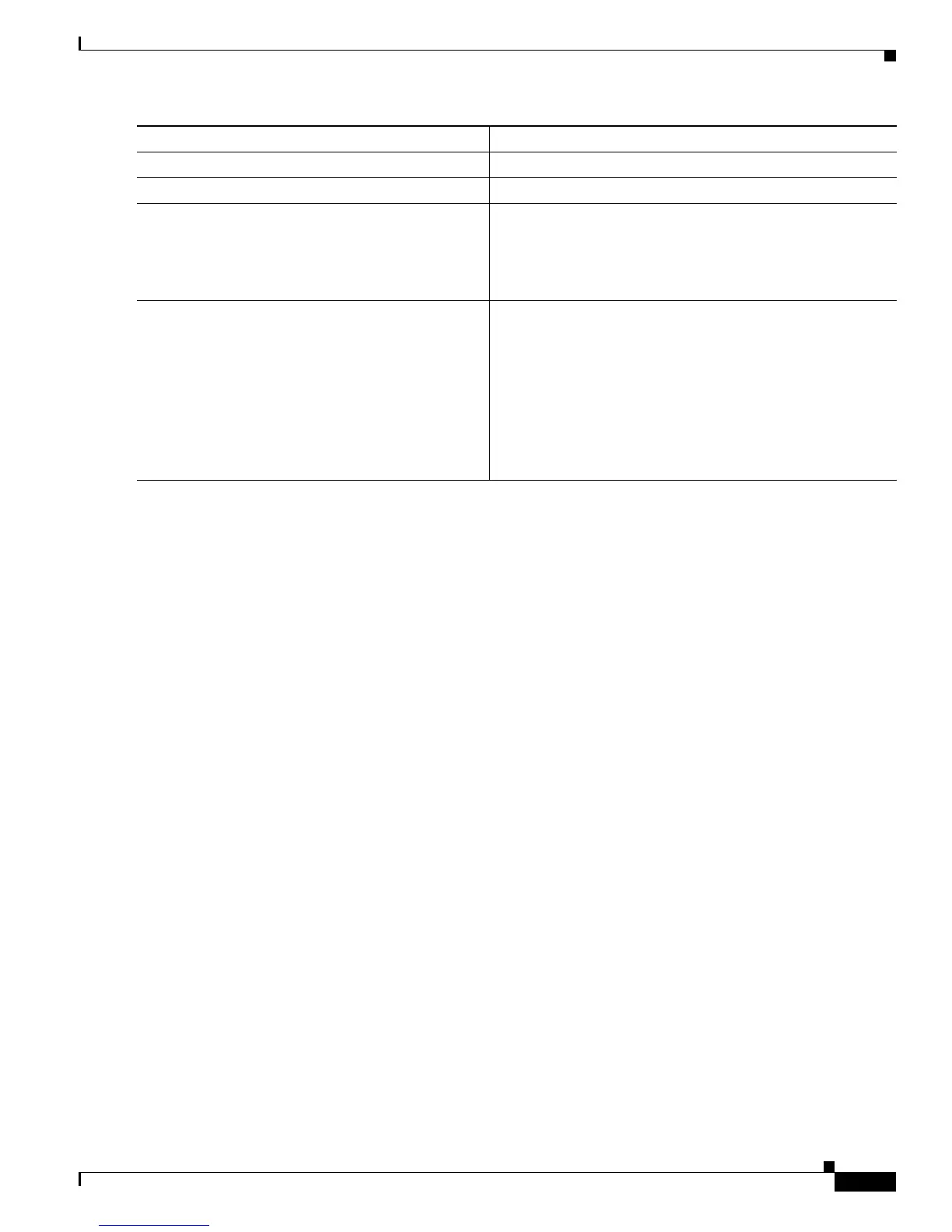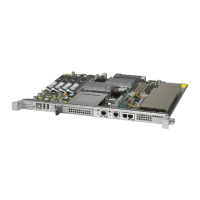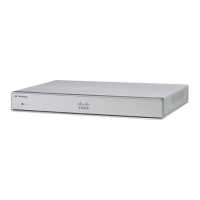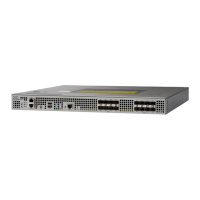7-25
Cisco 10000 Series Router Quality of Service Configuration Guide
OL-7433-09
Chapter 7 Marking Traffic
Configuring Traffic Marking
Configuration Examples for IP DSCP Marking and Classification
Example 7-3 shows how to configure IP DSCP marking. In the example, the router assigns outbound
traffic on the Gigabit Ethernet 1/0/0 interface to either class1 or class2. The router marks the packets by
setting the DSCP bits of class1 packets to DSCP 5 and by setting the DSCP bits of class2 packets to
DSCP 3 as indicated in the policy map named Silver.
Example 7-3 Configuring IP DSCP Marking
Router(config)# class-map class1
Router(config-cmap)# match qos-group 2
Router(config-cmap)# class class2
Router(config-cmap)# match access-group 108
Router(config-cmap)# exit
Router(config)# policy-map Silver
Router(config-pmap)# class class1
Router(config-pmap-c)# set ip dscp 5
Router(config-pmap-c)# class class2
Router(config-pmap-c)# set ip dscp 3
Router(config-pmap-c)# exit
Router(config-pmap)# exit
Router(config)# interface GigabitEthernet 1/0/0
Router(config-if)# service-policy output Silver
Example 7-4 shows how to configure IP DSCP-based classification. In the example, the router checks
the DSCP bits of outbound packets on the GigabitEthernet interface 1/0/0. If the packet DSCP bits are
set to 5, the router assigns the packet to the Voice class and gives the packet priority handling as indicated
in the policy map named Platinum. All intermediate routers provide low-latency treatment to the Voice
packets.
Example 7-4 Configuring IP DSCP-Based Classification
Router(config)# class-map Voice
Router(config-cmap)# match ip dscp 5
Router(config-cmap)# exit
Router(config)# policy-map Platinum
Step 4
Router(config-pmap-c)# exit
Exits policy-map class configuration mode.
Step 5
Router(config-pmap)# exit
Exits policy-map configuration mode.
Step 6
Router(config)# interface type number
Specifies the interface to which you want to attach the service
policy map. Enters interface configuration mode.
type is the type of interface (for example, serial).
number is the number of the interface (for example, 1/0/0).
Step 7
Router(config-if)# service-policy {input |
output} policy-map-name
Attaches the policy map you specify to the interface. The
router applies the service policy to packets on the interface in
either the input or output direction.
input indicates to apply the service policy to inbound
packets.
output indicates to apply the service policy to outbound
packets.
policy-map-name is the name of the policy map.
Command Purpose

